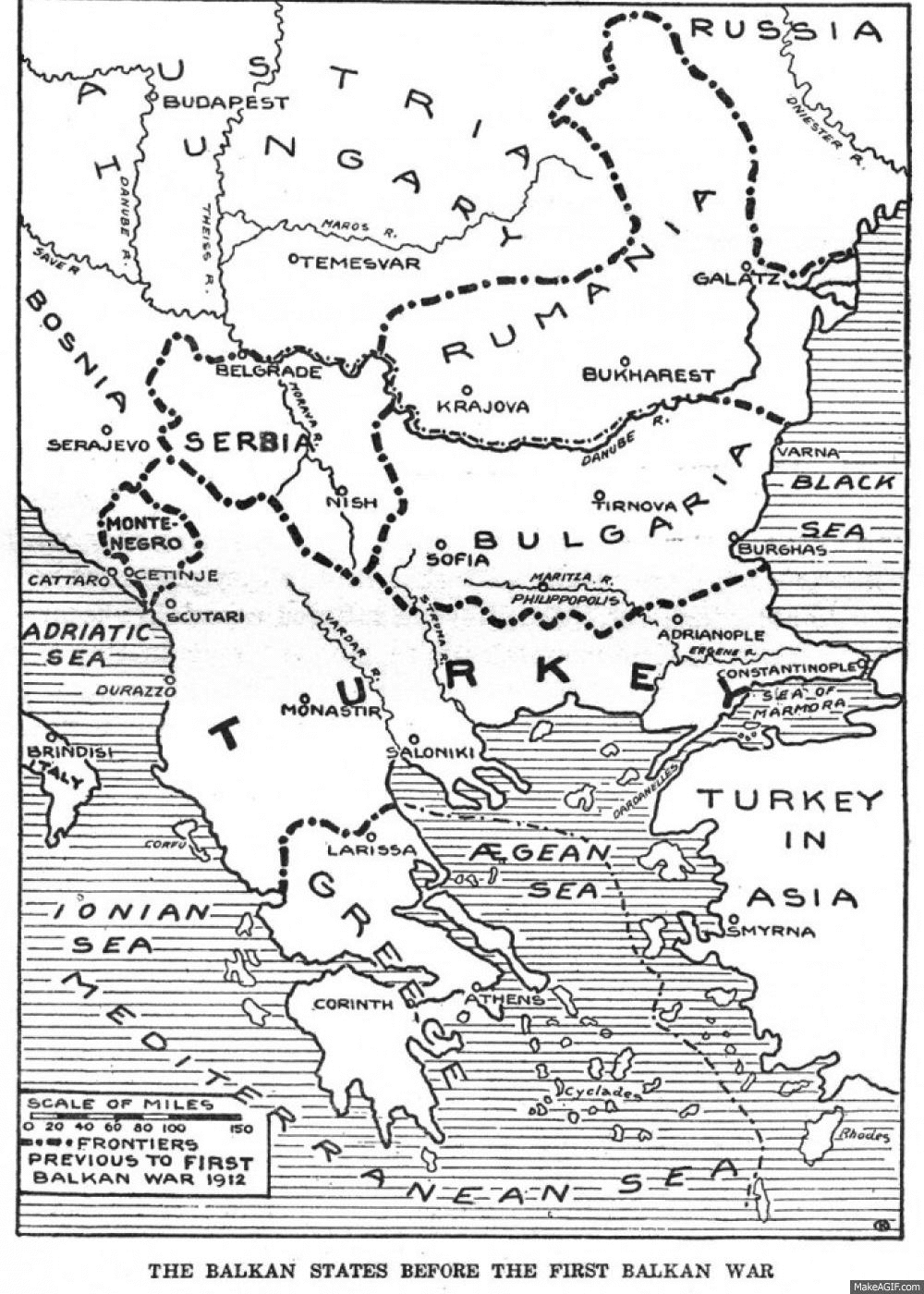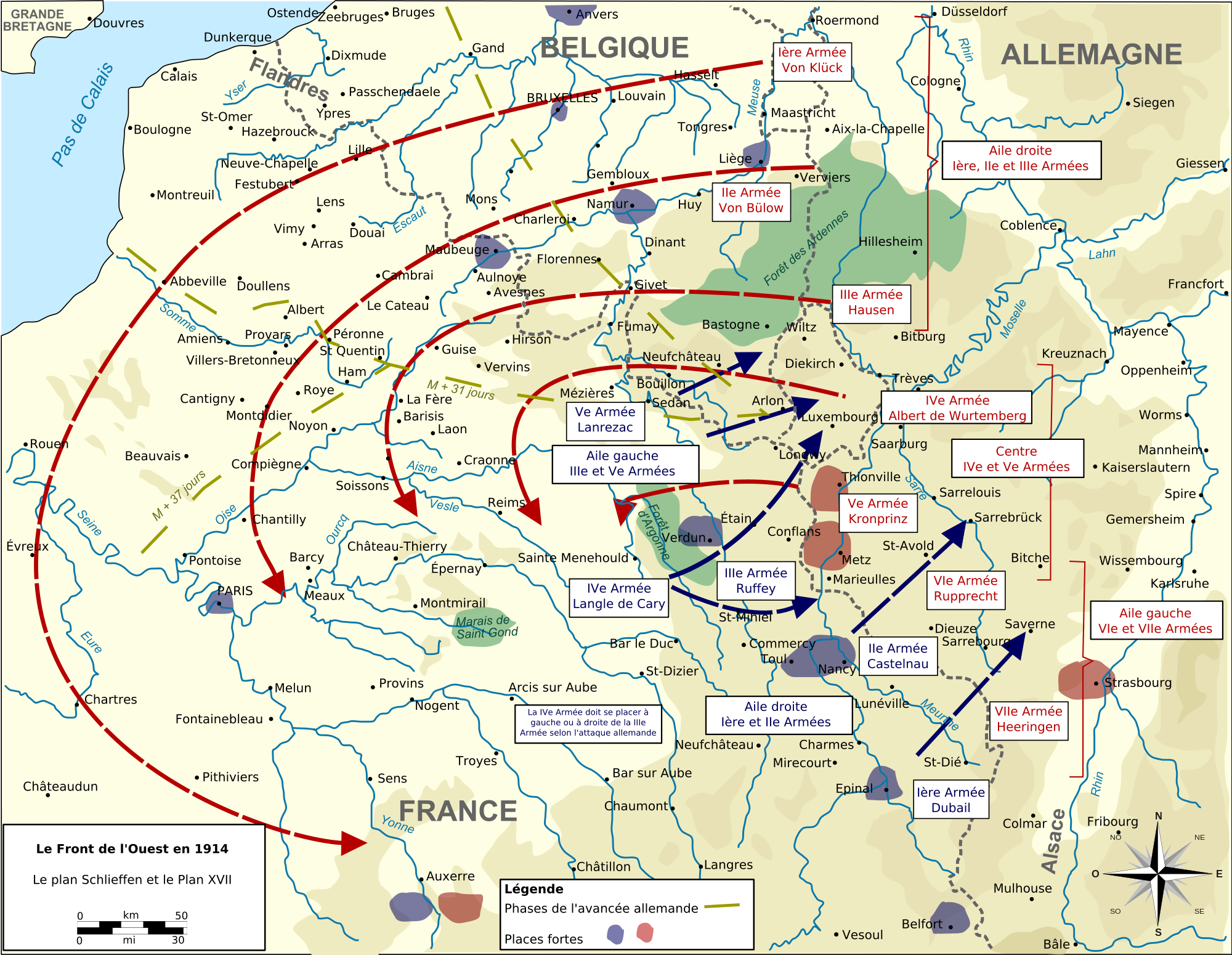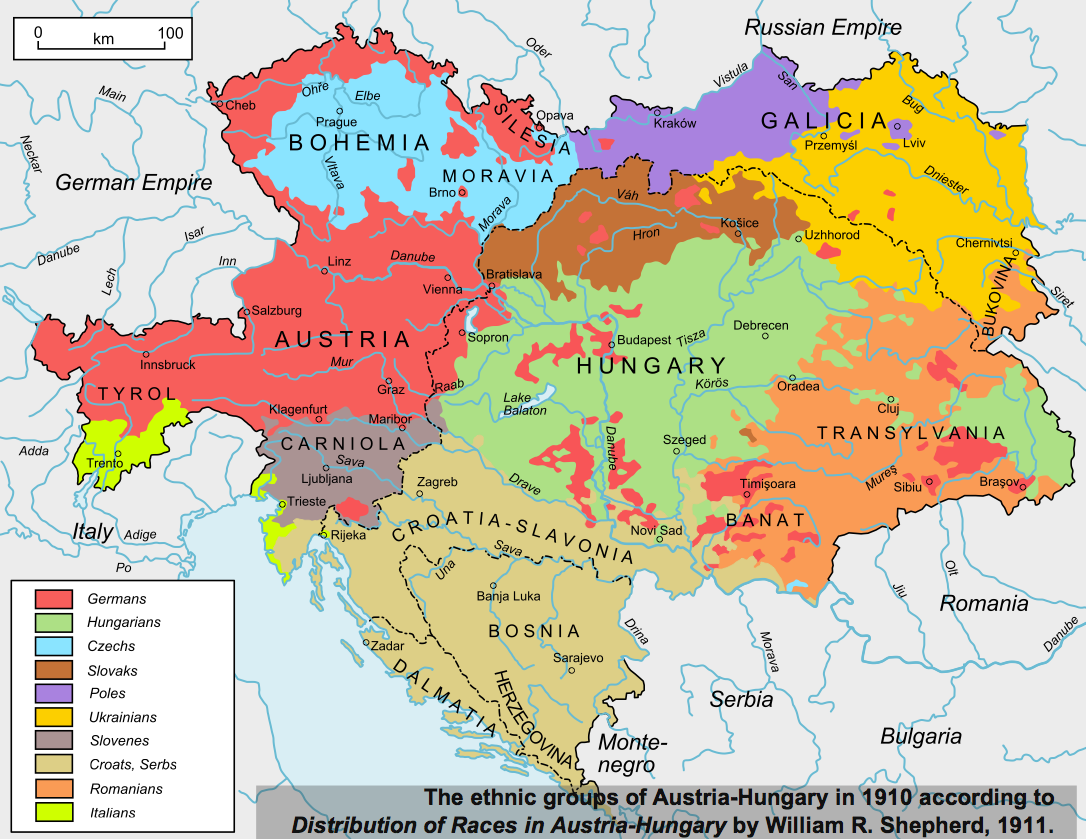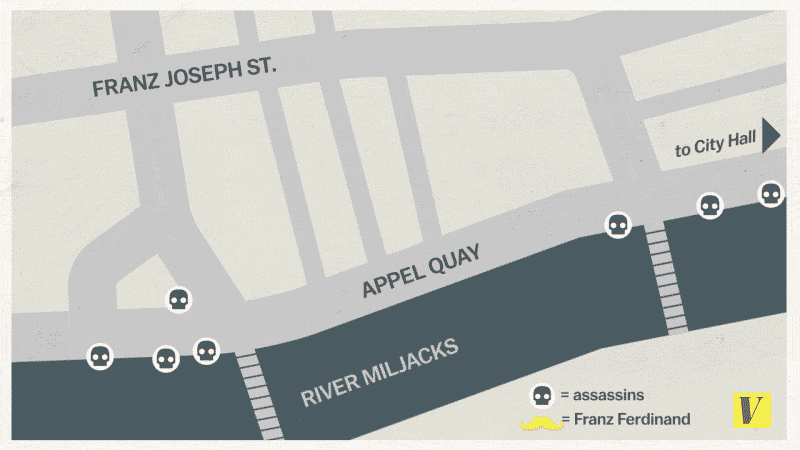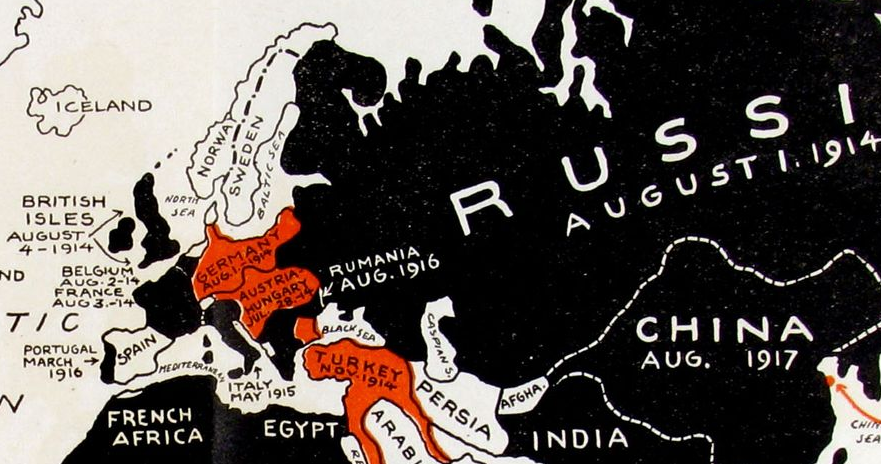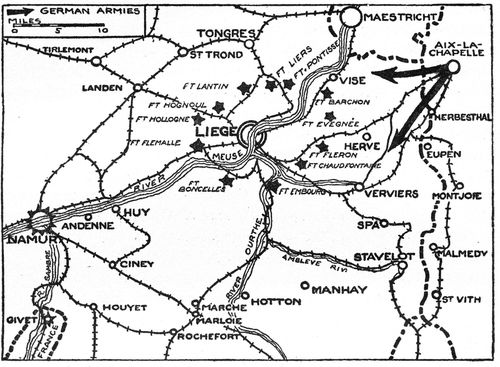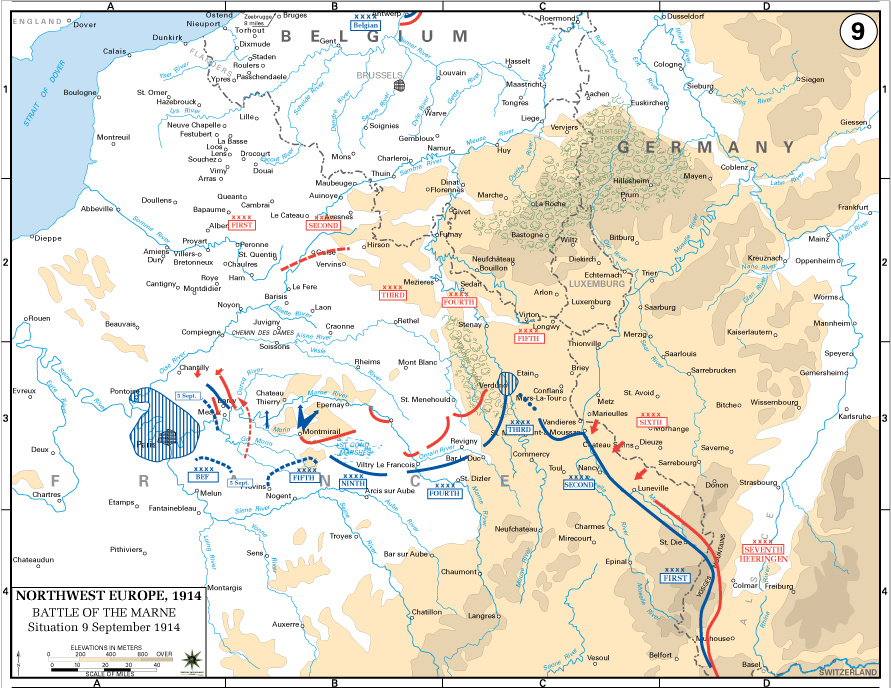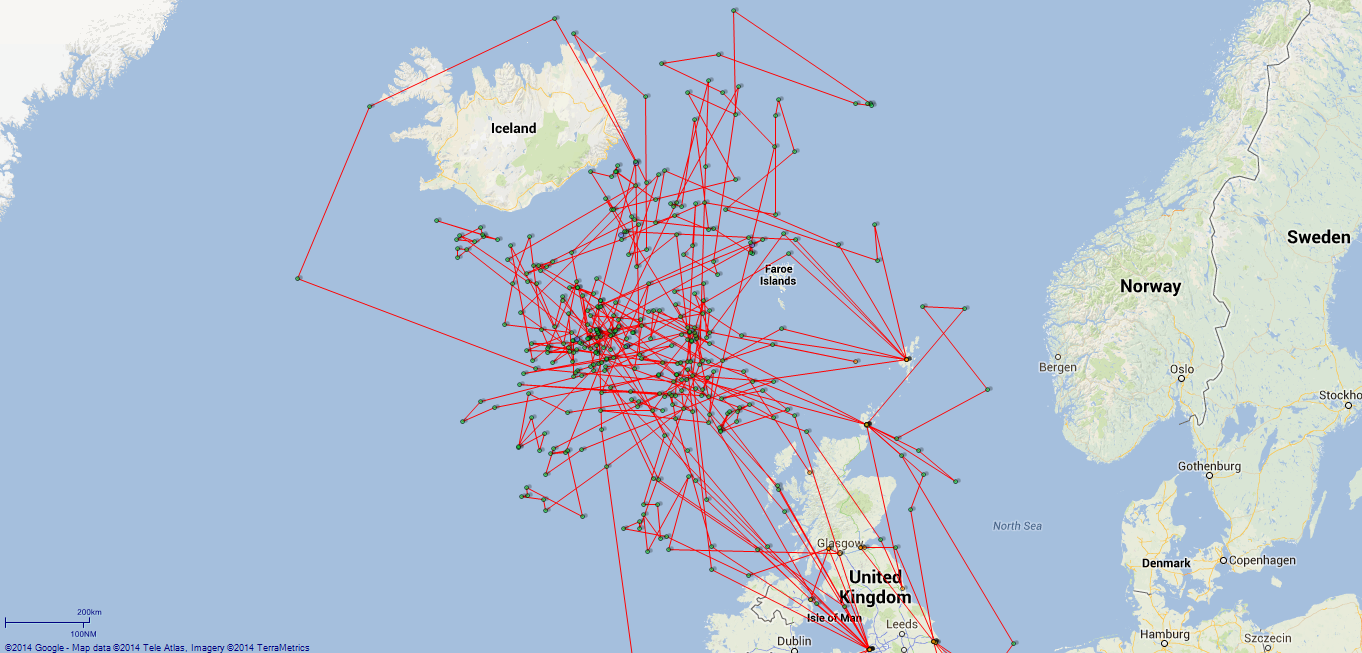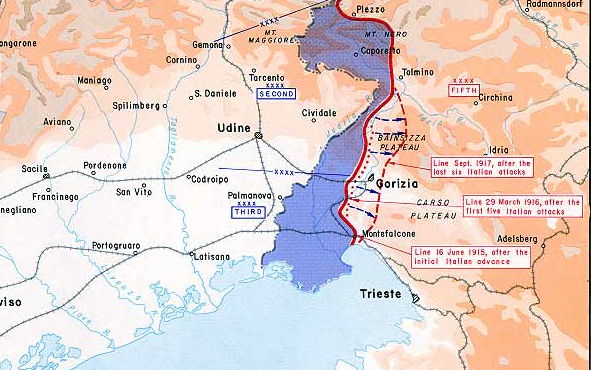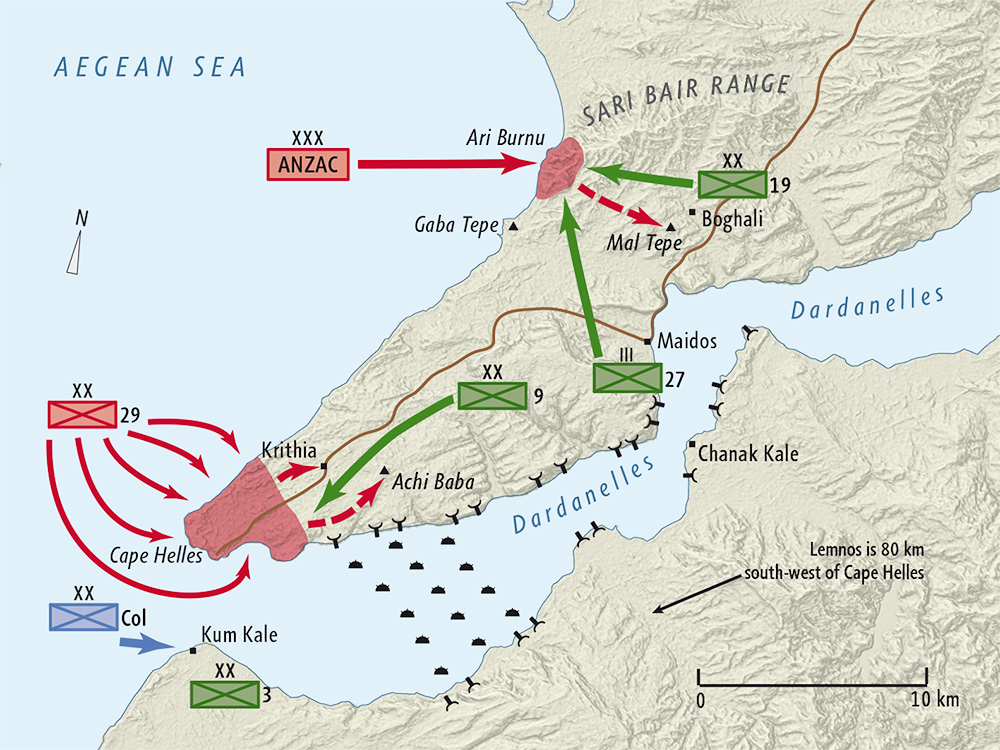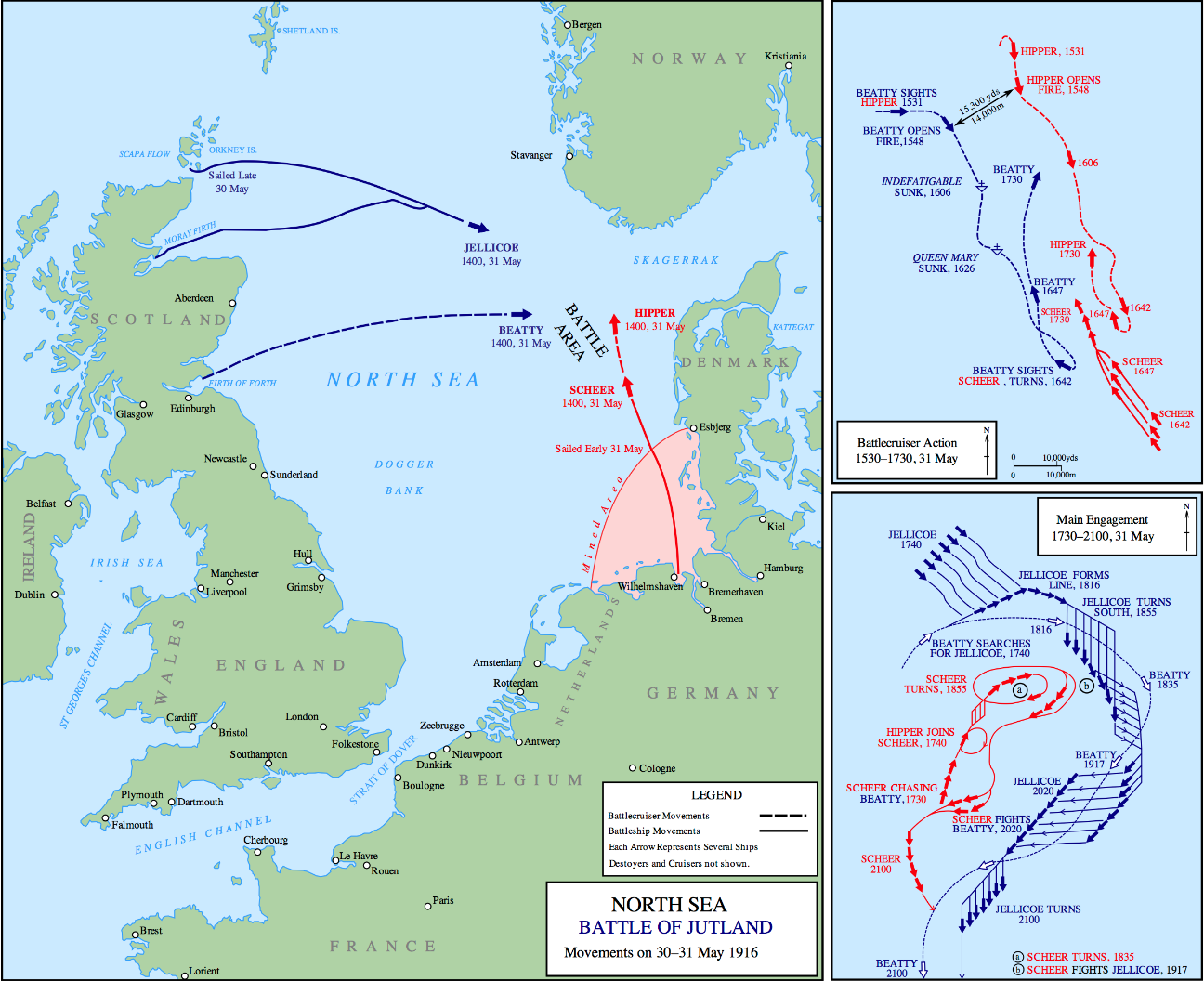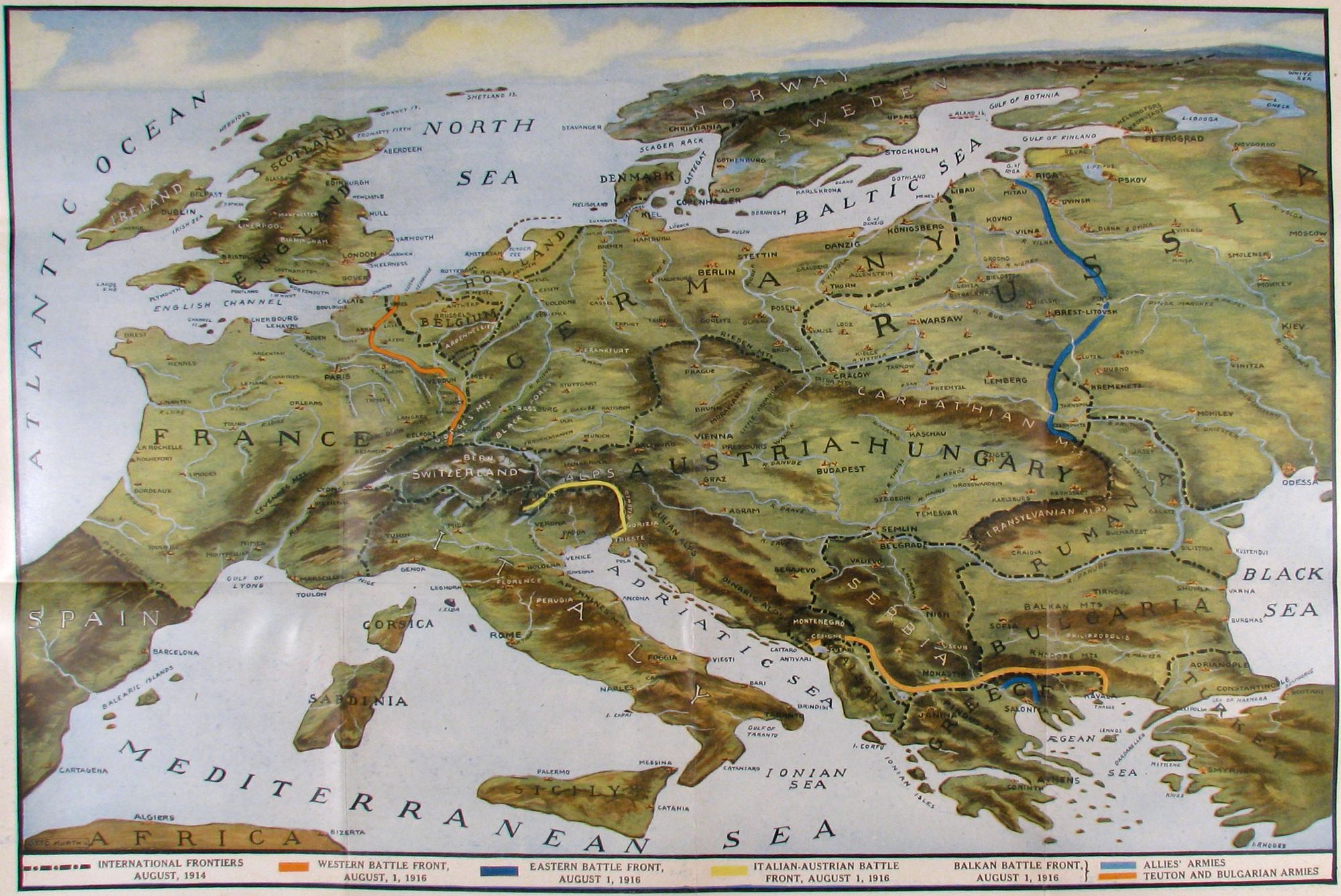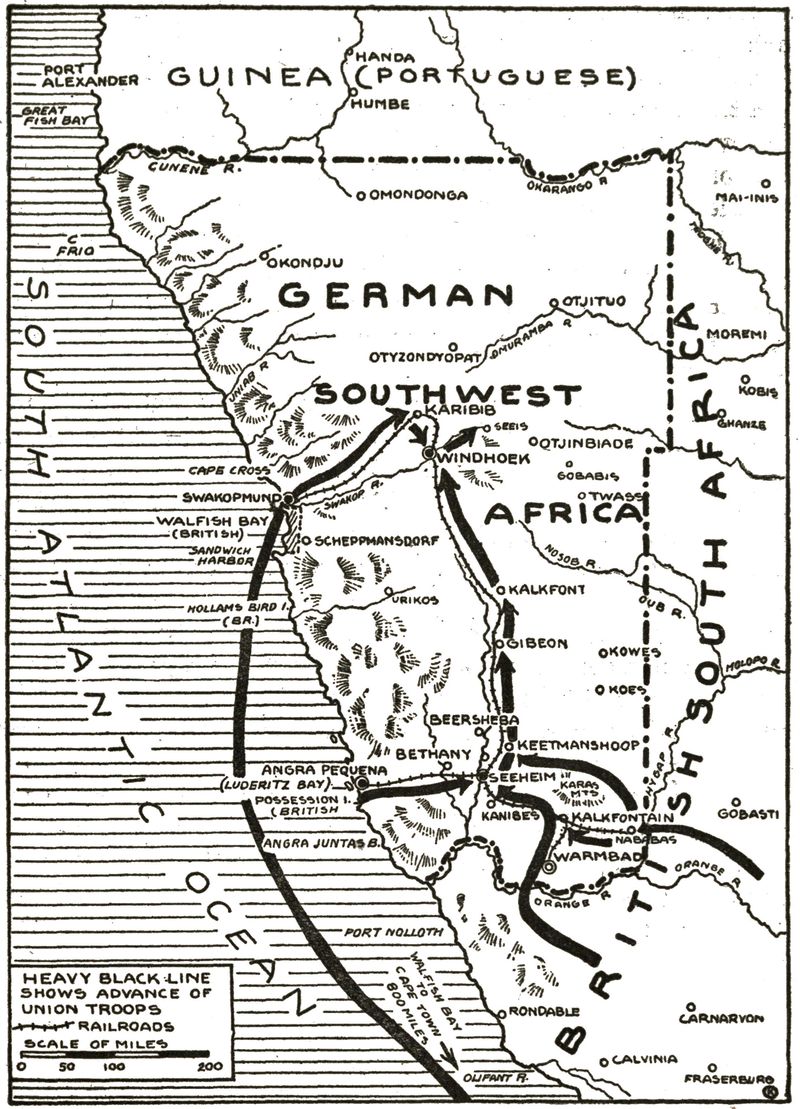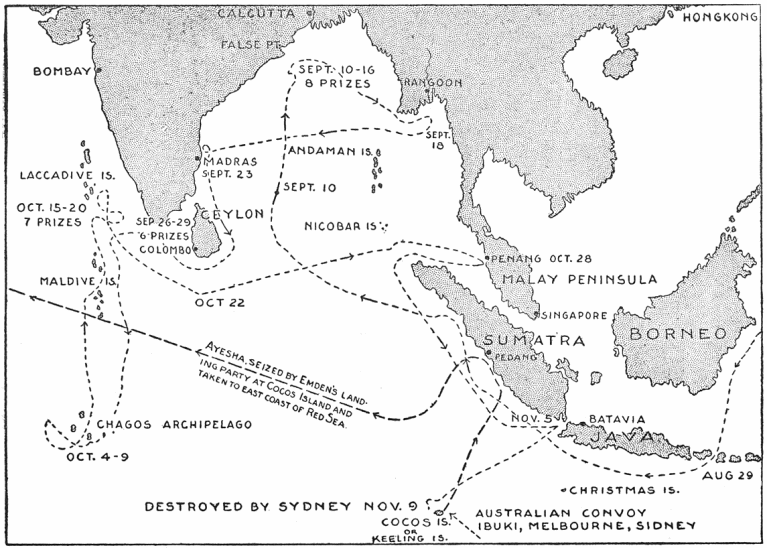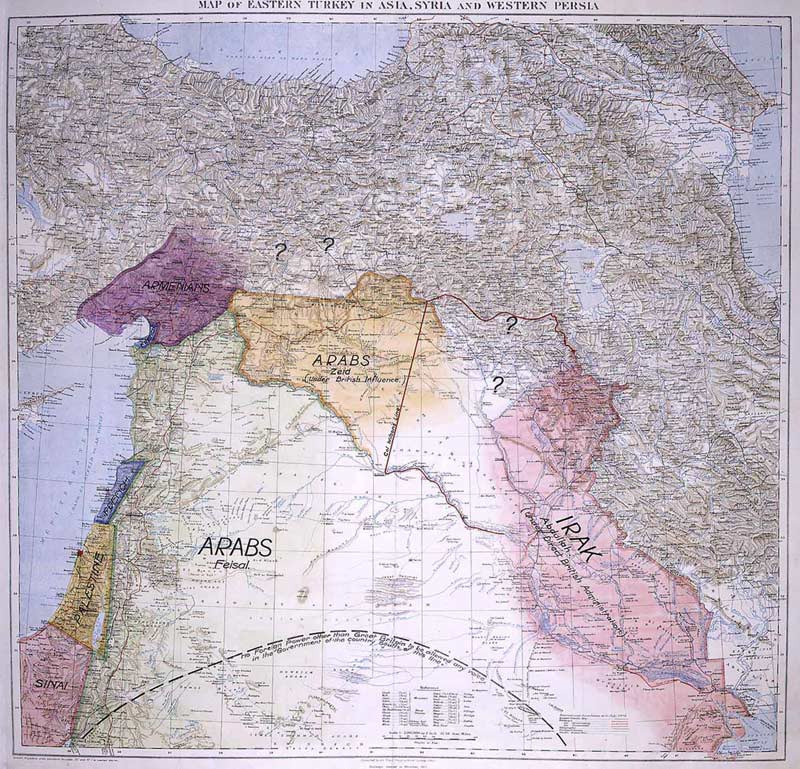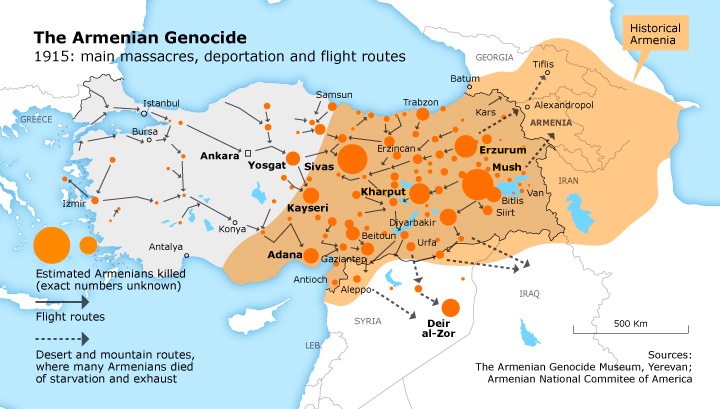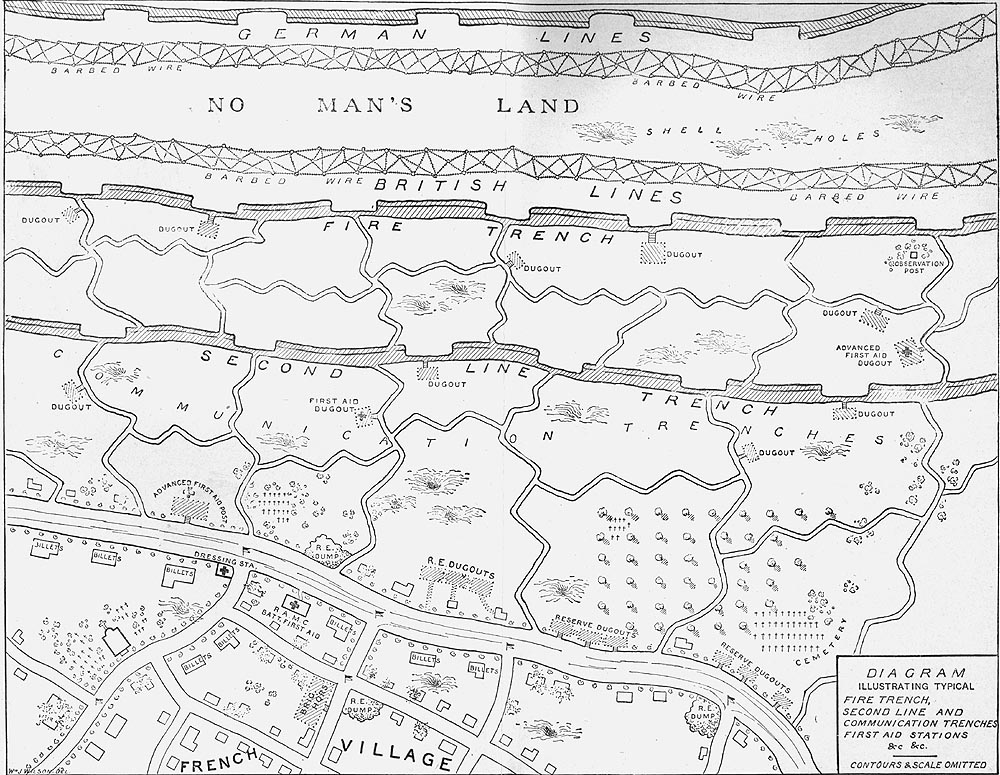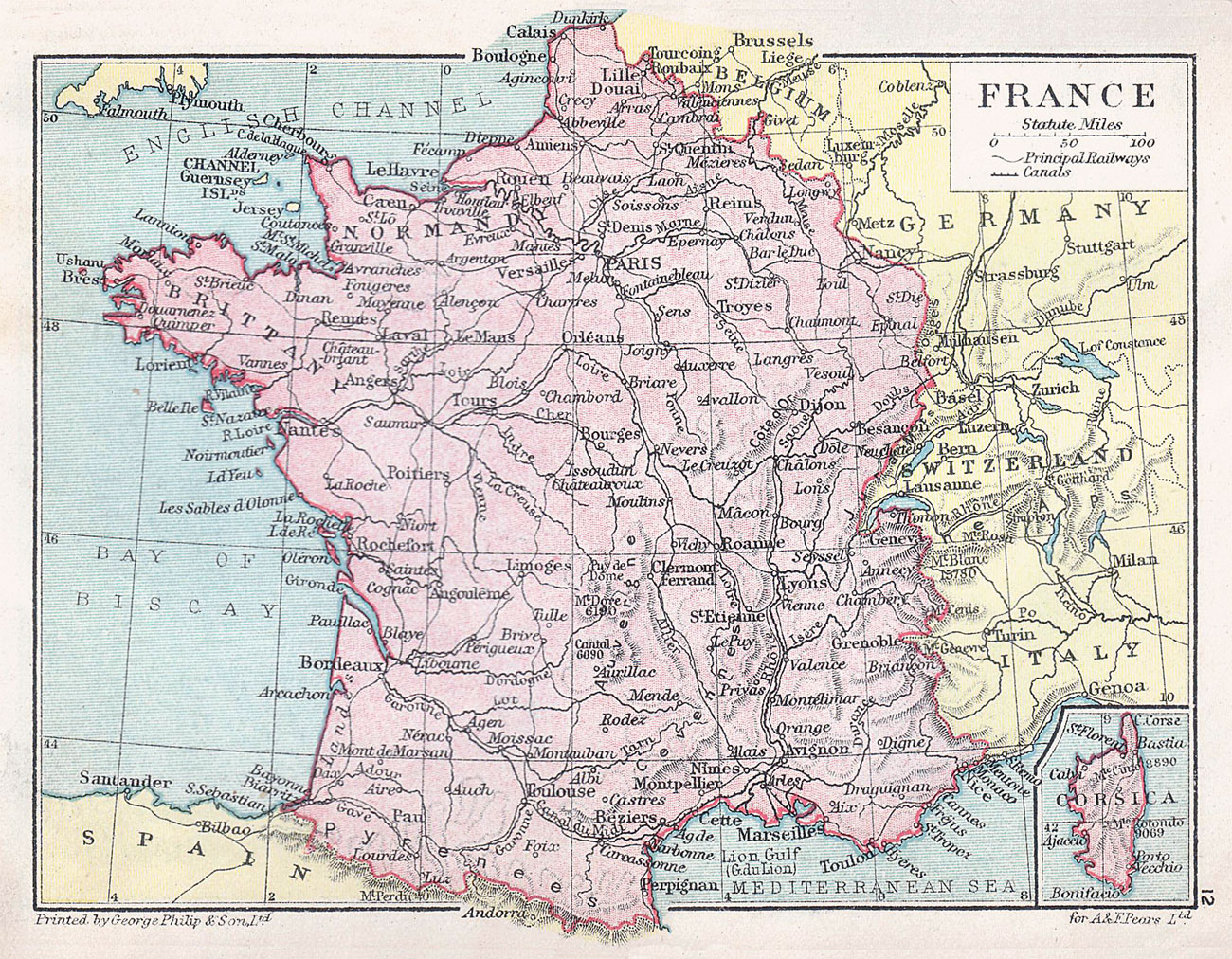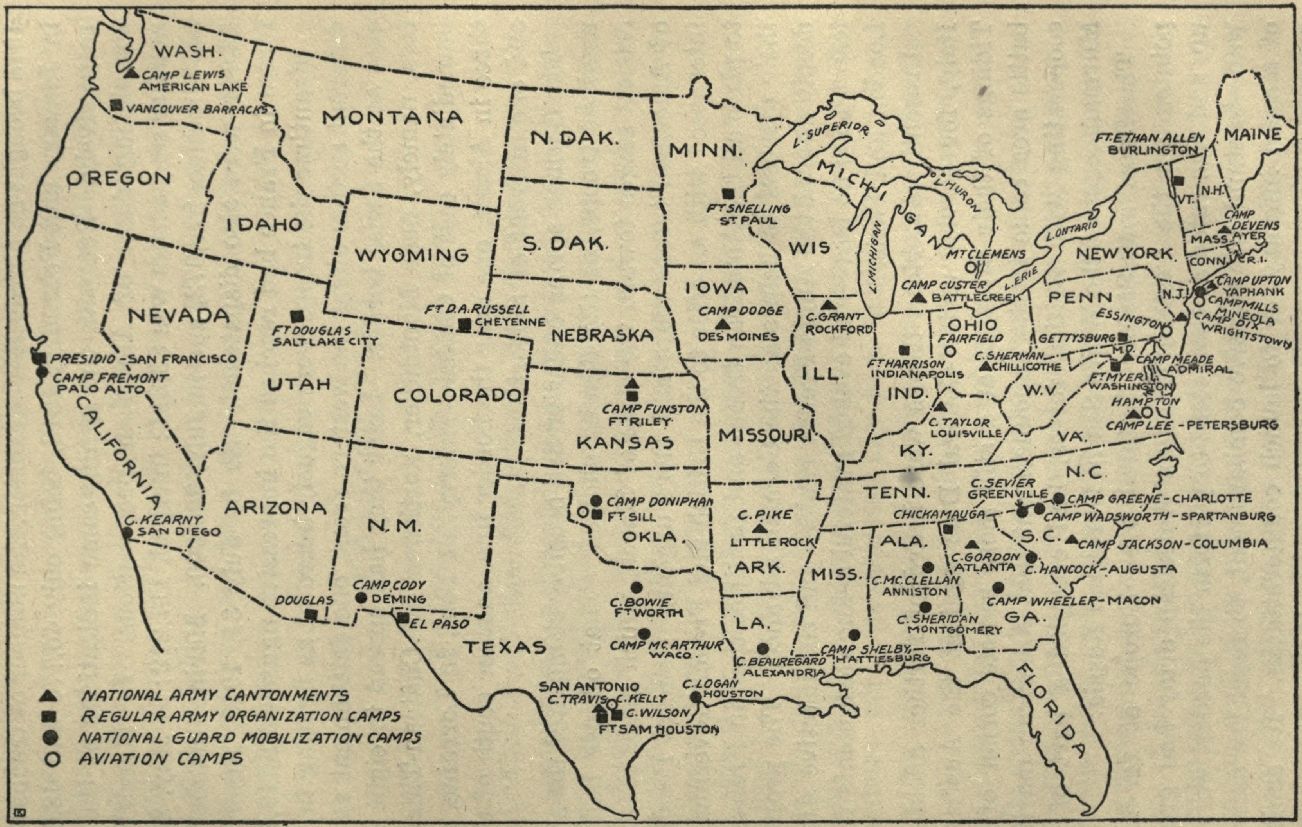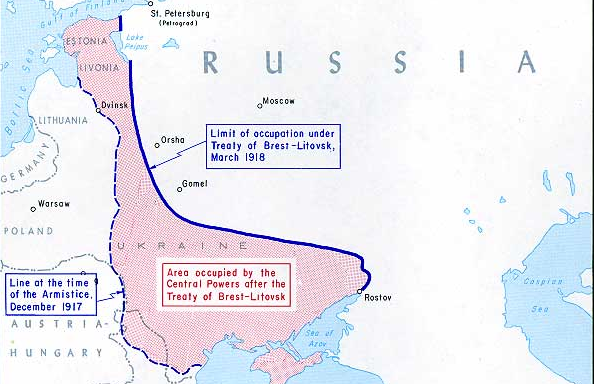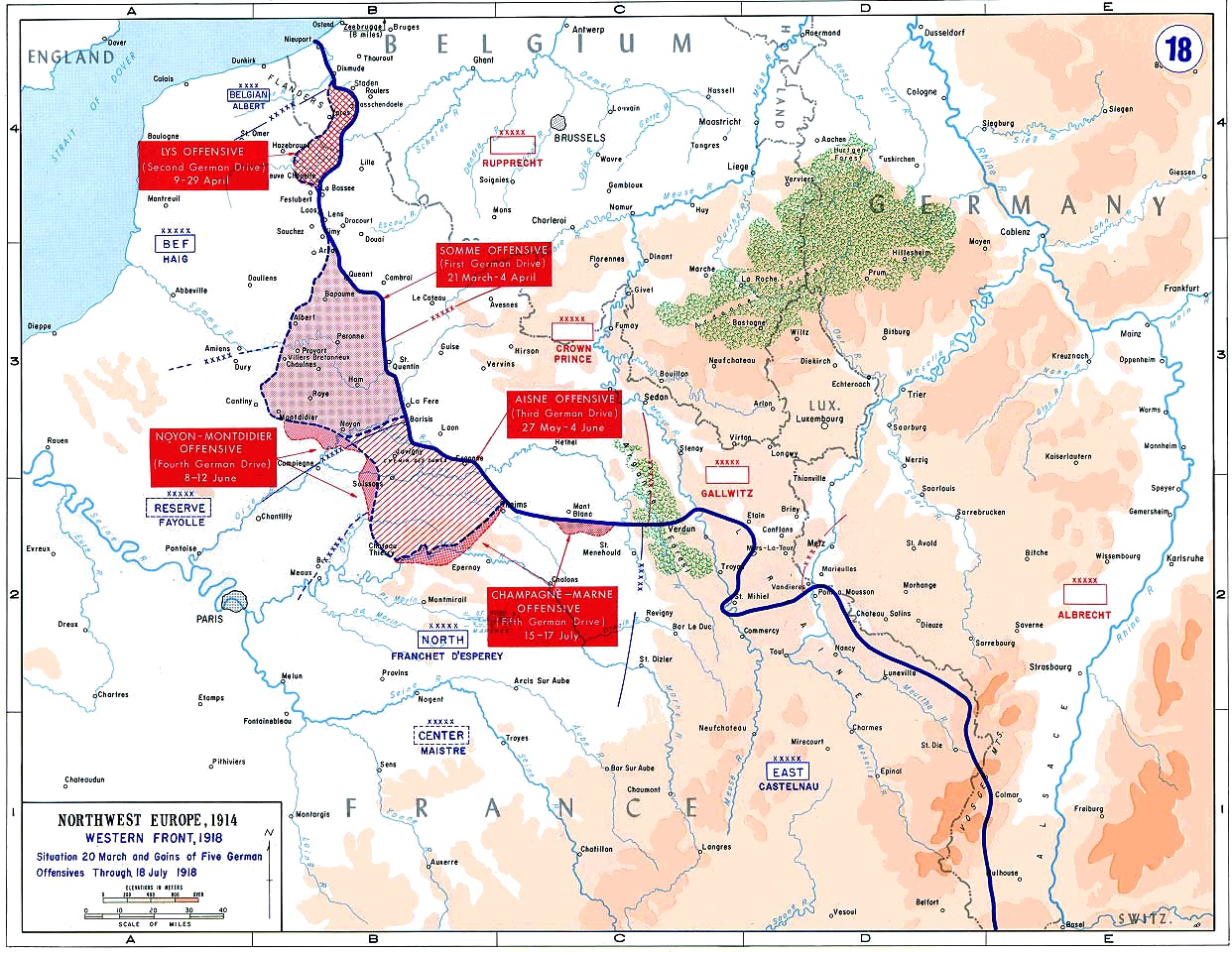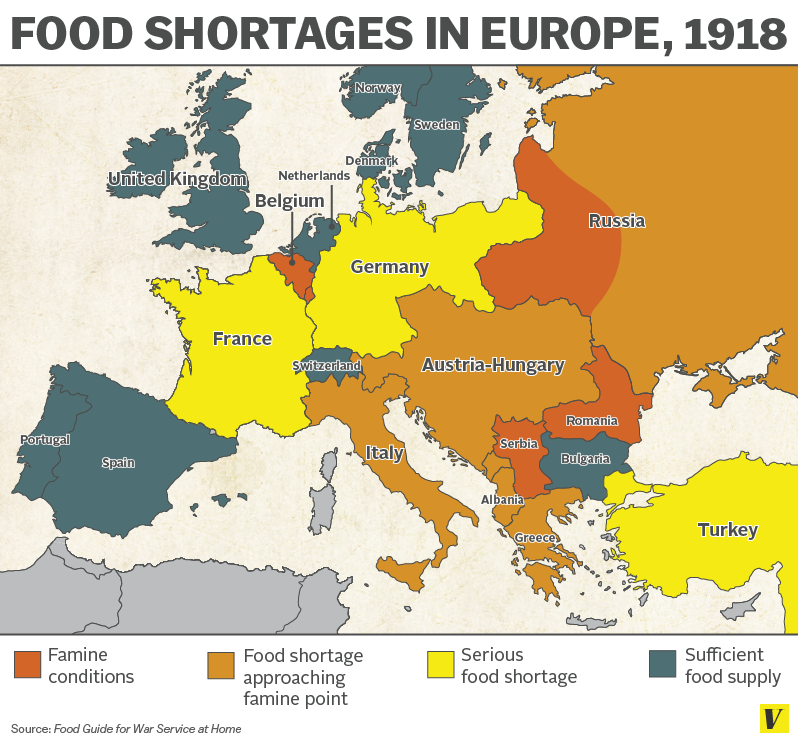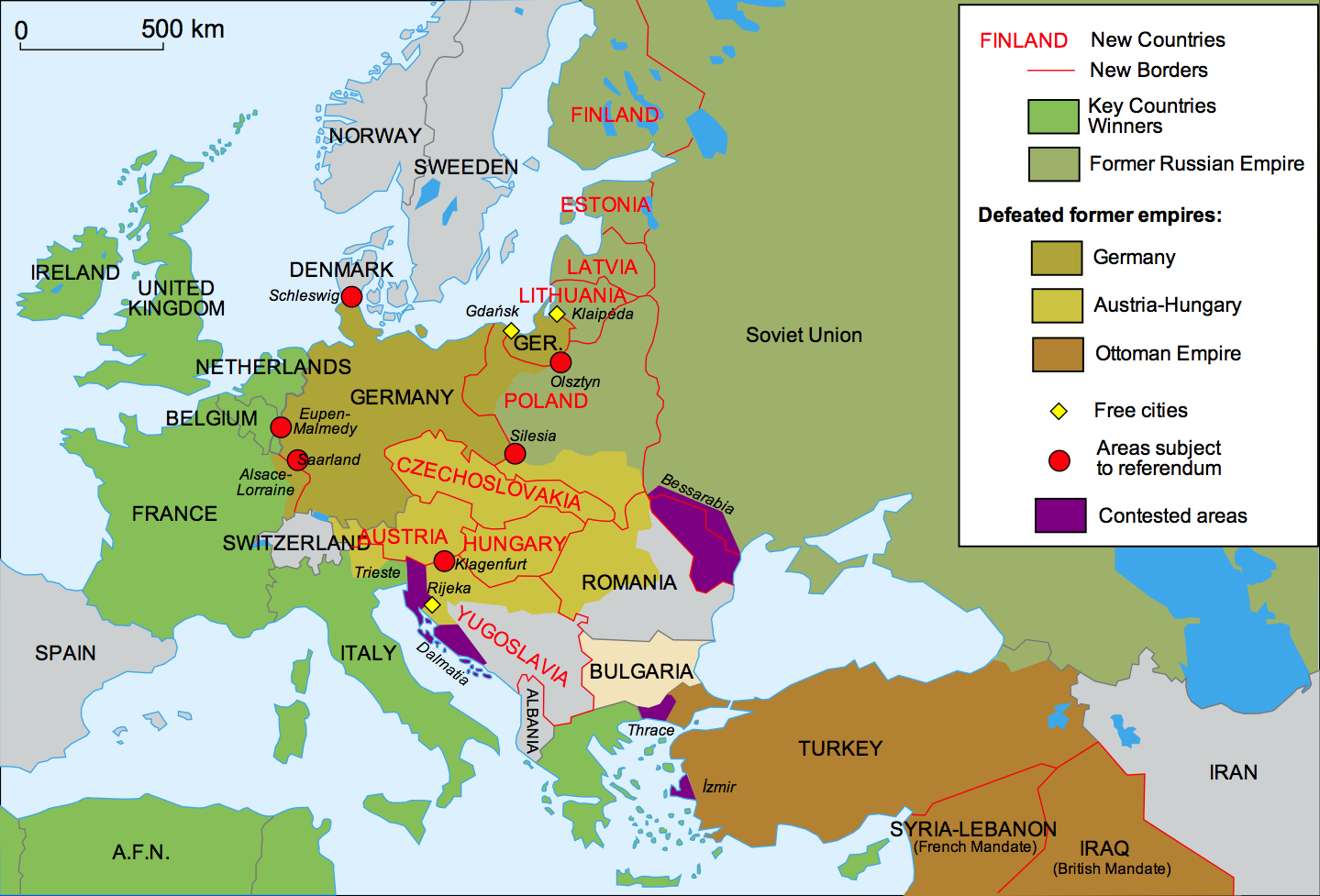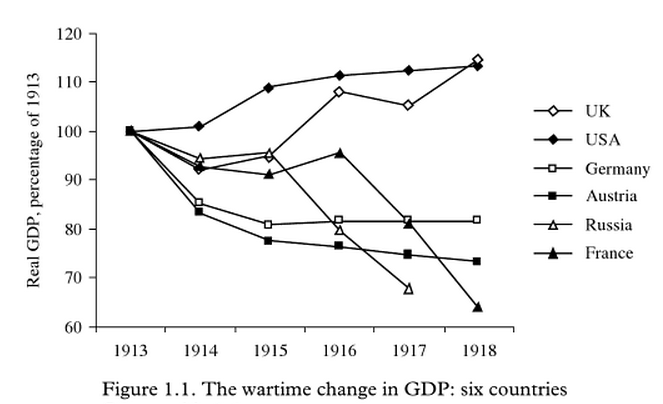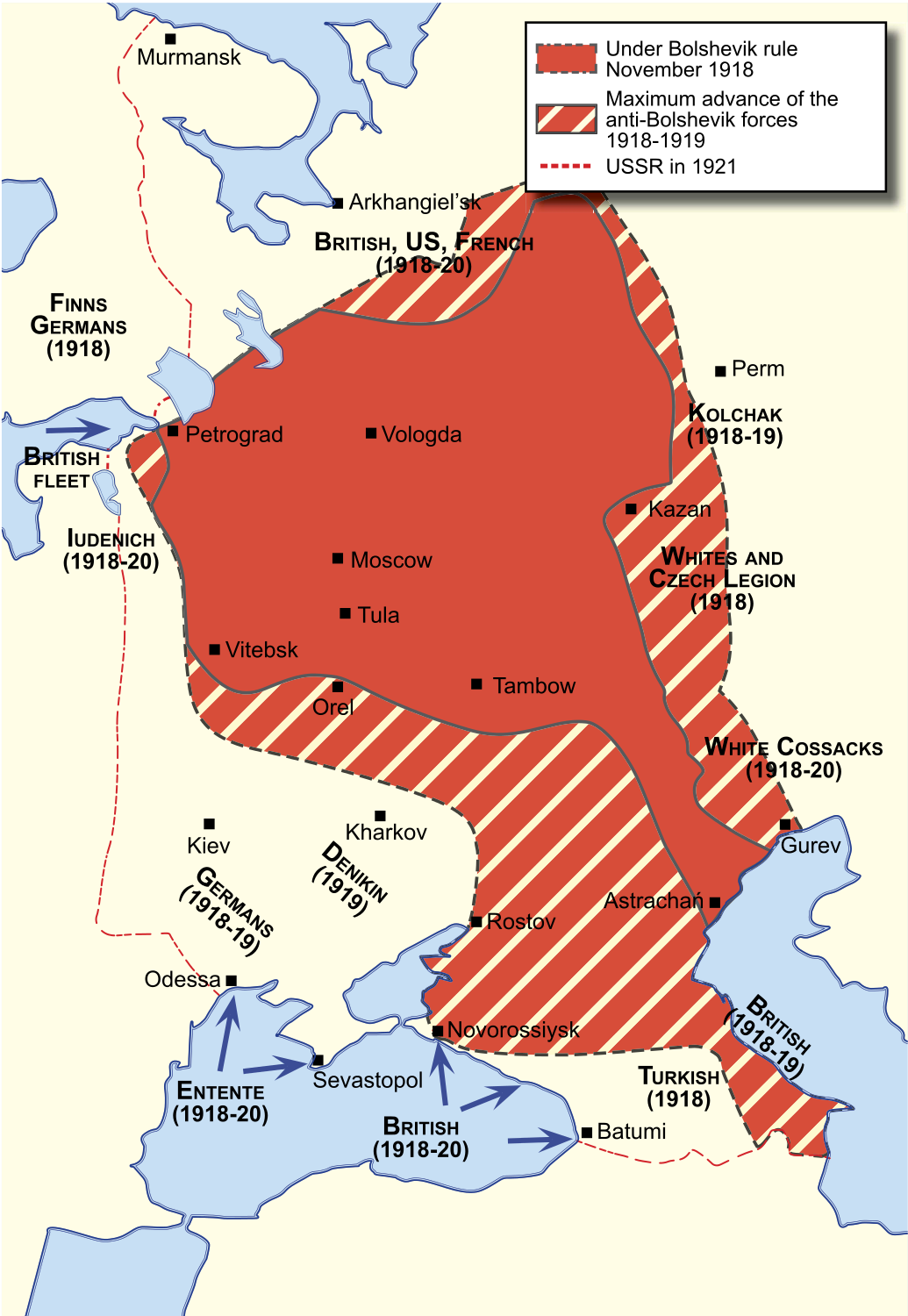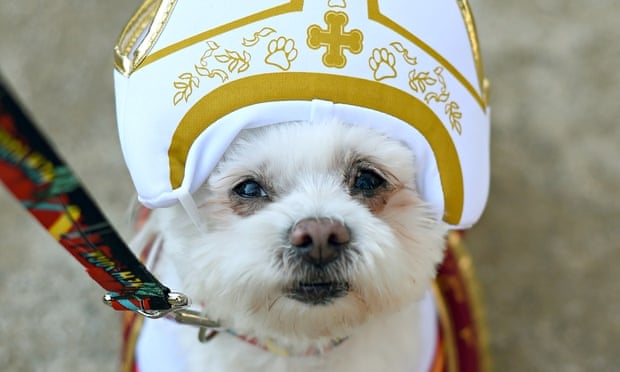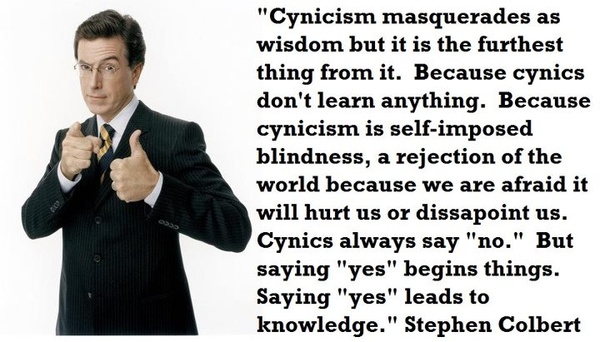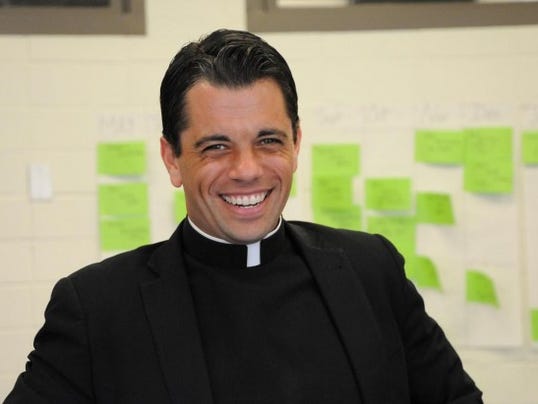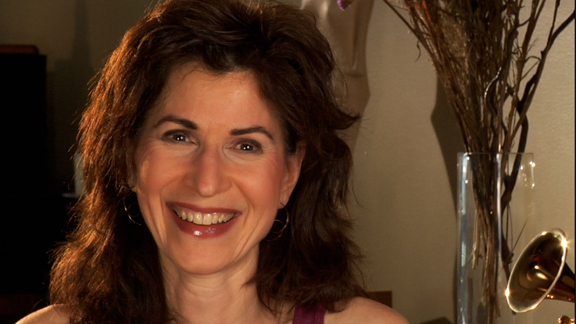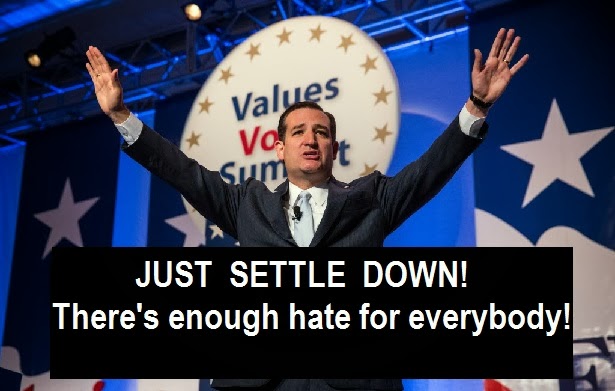Thomas Stearnes Eliot
1888-1965
Eliot's Wikipedia Entry
When T. S. Eliot died, wrote Robert Giroux, "the world became a lesser place." Certainly the most imposing poet of his time, Eliot was revered by Igor Stravinsky "not only as a great sorcerer of words but as the very key keeper of the language." For Alfred Kazin he was "the
mana known as 'T. S. Eliot,' the model poet of our time, the most cited poet and incarnation of literary correctness in the English-speaking world." Northrop Frye simply states: "A thorough knowledge of Eliot is compulsory for anyone interested in contemporary literature. Whether he is liked or disliked is of no importance, but he must be read."
In 1945 Eliot wrote: "A poet must take as his material his own language as it is actually spoken around him." Correlatively, the duty of the poet, as Eliot emphasized in a 1943 lecture, "is only indirectly to the people: his direct duty is to his language, first to preserve, and second to extend and improve." Thus he dismisses the so-called "social function" of poetry. The only "method," Eliot once wrote, is "to be very intelligent." As a result, his poetry "has all the advantages of a highly critical habit of mind," writes A. Alvarez; "there is a coolness in the midst of involvement; he uses texts exactly for his own purpose; he is not carried away. Hence the completeness and inviolability of the poems. What he does in them can be taken no further.... [One gets] the impression that anything he turned his attention to he would perform with equal distinction." Alvarez believes that "the strength of Eliot's intelligence lies in its training; it is the product of a perfectly orthodox academic education." But Jacques Maritain once told Marshall McLuhan that "Eliot knows so much philosophy and theology that I do not see how he can write poetry at all." Eliot, however, never recognized a conflict between academic and creative pursuits.
Of his early work, Eliot has said: "The form in which I began to write, in 1908 or 1909, was directly drawn from the study of Laforgue together with the later Elizabethan drama; and I do not know anyone who started from exactly that point." Elsewhere he said: "The kind of poetry that I needed, to teach me the use of my own voice, did not exist in English at all; it was only found in French," and Leonard Unger concludes that, "insofar as Eliot started from an
exact point, it was exclusively and emphatically the poetry of Laforgue." To a lesser extent, he was influenced by other Symbolists, by the metaphysical poets, by Donne, Dryden, and Dante. "His appreciation of Shakespeare," writes Sir Herbert Read, "was subject to his moral or religious scruples." With
Samuel Johnson, whom, according to Sir Herbert, Eliot "honoured above all other English writers," he shared "a faith in God and the fear of death."
In
After Strange Gods Eliot wrote: "I should say that in one's prose reflections one may be legitimately occupied with ideals, whereas in the writing of verse one can deal only with actuality." From this Cleanth Brooks elaborates: "Poetry is the medium
par excellence for rendering a total situation—for letting us know what it feels like to take a particular action or hold a particular belief or simply to look at something with imaginative sympathy." Brook's explains that it is Eliot's notion that the poet is thus "committed 'to turn the unpoetical into poetry' [and to fuse] 'the matter-of-fact and the fantastic.'" But the meaning of "reality," for Eliot, is especial, existing always "at the edge of nothingness," where, as B. Rajan writes, "the birth of meaning ... takes place in a manner both creative and ancient. Poetry cannot report the event; it must
be the event, lived through in a form that can speak about itself while remaining wholly itself. This is a feat at least as difficult as it sounds, and if the poem succeeds in it, it is because, however much it remembers previous deaths by drowning, it creates its own life against its own thrust of questioning."
"In effect," writes Herbert Howarth, "Eliot demonstrated that a poet's business is not just reporting feeling, but extending feeling, and creating a shape to convey it." Eliot's poetry, then, is a process of "living by thought," says Rajan, "of seeking to find peace 'through a satisfaction of the whole being.' It is singular in its realization of passion through intelligence. It is driven by a scepticism which resolutely asks the question but refuses to stop short at it, by a sensibility sharply aware of 'the disorder, the futility, the meaninglessness, the mystery of life and suffering.' If it attains a world of belief or a conviction of order, that conviction is won against the attacking strength of doubt and remains always subject to its corrosive power. Not all of us share Eliot's faith. But all of us can accept the poetry because nearly every line of it was written while looking into the eyes of the demon."
In 1921
Conrad Aiken, although a life-long friend and admirer of Eliot, not only could not share Eliot's faith, but further questioned the validity of the poetry as poetry. "His sense of the definite is intermittent," Aiken wrote; "it abandons him often at the most critical moment, and in consequence Mr. Eliot himself is forever abandoning
us on the very doorstep of the illuminating. One has again and again the feeling that he is working, as it were, too close to the object.... He passes quickly from one detail of analysis to another; he is aggressively aware that he is 'thinking,' his brow is knit; but he appears to believe that mere fineness of detail will constitute, in the sequence of his comments, a direction. What happens is that he achieves a kind of filigree without pattern."
But Alvarez, who calls Eliot "a supreme interpreter of meditated experience," provides perhaps the most lucid analysis of Eliot's "method.""The moments of greatest intensity have, as Eliot presents them, a certain obliqueness, an allusiveness, a controlling detachment," writes Alvarez. "It is a poetry apart.... He is, in some ways, a meditative poet. But this does not mean a poet who deals in abstractions; Eliot's meditations are meditations on experience, in which the abstractions belong as much as the images; they are all a part of his particular cast of mind, the meaning he gives to past experience. But Eliot is, I think, a relatively indifferent, or uninterested, observer of the phenomenal world.... His direct affirmations are always summings-up of this style, concentrations for which the rest of his verse appears as so many hints."
Aiken's "filigree without pattern" may then be seen as Unger's "magic lantern," which throws "the nerves in patterns on a screen." Citing
"Prufrock," Unger compares Eliot's poetry to a series of slides. "Each slide is an isolated, fragmentary image, producing its own effect, including suggestions of some larger action or situation of which it is but an arrested moment." Richard Poirier explains that these "procedural hesitancies," as a characteristic of form, "have the total effect of enormous stamina; [Eliot's] reluctance of self-assertion, by acknowledging all the possibilities open to it, emerges as an ever dangerously controlled strength." Poirier continues: "In Eliot the form is shaped by creative and de-creative movements: each movement is in itself usually very tentative, and yet each achieves by cumulative interaction a firmness that supports the other. The result is an extraordinary fusion of diffidence and dogmatism." And it is by this fusion that "the poet's experiences," says Frye, "are shaped into a unity which takes its place in a literary tradition." By being assimilated into a tradition (of which Eliot was always sharply aware), then, genuine poetry does contribute, as G. Wilson Knight notes, "to the health of a culture," in that it "tells us the truth about ourselves in our present situation ... is capable of dealing with the present world, [and] does not have to leave out the boredom and the horror of our world in order to discern its true glory." And it is just here, by creating such a poetry, that Eliot made his greatest gift to poetry. "No poet has been so deeply honest," says Knight, and A. R. Scott-James adds: "He excels by introducing us to our own generation." McLuhan summarizes: "To purify the 'dialect of the tribe' and to open the doors of perception by discovering a host of new poetic themes and rhythms was the especial achievement of T. S. Eliot. He gave us back our language enlivened and refreshed by new contacts with many other tongues."
Certainly one of the most important ways in which Eliot fulfilled his self-imposed duty to his own voice was by using the materials of the city for building his poetry. Potter Woodbery writes that "the modern poet, as Eliot himself on occasions has pointed out, finds himself faced with the task of revitalizing a language that has gone dead, of seeking out genuine but novel avenues of expression so that a sharpness of impact can once again be felt in English poetry.... The fresh vitality that the materials of the city give to these modern metaphors and similes makes them unusually arresting with the result that one finds himself drawn into a fuller and closer examination of their poetic meaning rather than gliding over them as is the tendency in the case of the more traditional 'poetic' figures." The city, for Eliot, further serves as "the one great artifact of secularized Enlightenment man"; it stands as a "monument to humanity and testifies to the absence of God in the modern world." But, as Woodbery quickly adds, "because the city presents itself throughout his poetry in a consistently dark light, one should not infer on Eliot's part a naive primitivistic longing for a restoration of the non-urban modes of life characteristic of the preindustrial world. Eliot's indictment of the present age is spiritual rather than sociological." Similarly Eliot believes that the primary value of religion, for mankind, lies "in the quality of its worldliness," in the context of a social institution (although
Stephen Spender reports that Eliot once told him that religion "is a less effective escape than that used by thousands who 'escape by reading novels, looking at films, or best of all, by driving very fast on land or in air, which makes even dreams unnecessary.'") Religion is most effective as a device, then, but cannot even work as well as other devices.
Frye writes: "The particular continuum into which an individual is born, Eliot calls his culture or tradition. By culture Eliot means 'that which makes life worth living': one's total way of life, including art and education, but also cooking and sports. By tradition, also, Eliot means both a conscious and an unconscious life in a social continuum.... He speaks of culture metaphorically as the 'incarnation' of a religion, the human manifestation of a superhuman reality. A culture's religion 'should mean for the individual and for the group something toward which they strive, not merely something which they possess.'" (It is tangentially interesting to apply Eliot's definition of culture as a continuum—in which the upper class possesses not more culture, but a more conscious culture—to his own readership. His popular reputation, Frye writes, "was that of an erudite highbrow. But such a reputation would be contradictory to Eliot's view of the 'elite' as responsible for articulating the unconscious culture of their societies. Eliot would like, he says, an audience that could neither read nor write." As Geoffrey Dearmer adds sympathetically, "poor Eliot has become a subject for university schools and a burden on those in pursuit of degrees when all that he asked of readers was to be read with enjoyment.") "All views of life that Eliot would call serious or mature," Frye concludes, "distinguish between two selves in man: the selfish and the self-respecting. These are not only distinguishable but opposed, and in Christianity the opposition is total, as for it the selfish self is to be annihilated, and the other is the immortal soul one is trying to save. Theories of conduct exalting the freedom of the personality or character without making this distinction are disastrous."
Like Emerson, then, Eliot recognized the duality of man's soul "struggling," as Kazin writes, "for its own salvation"—and the world, "meaning everything outside the soul's anxious efforts," so that this duality is more "real" than society. Just as Eliot never accepted the statement that
The Waste Land represented "the disillusionment of a generation," Braybrooke submits, he would never admit that his use of broken images "meant a separation from belief, since for him doubts and certainties represented varieties of belief." As Knight astutely points out, the "wonderful lyric in
East Coker[beginning] 'The wounded surgeon plies the steel' [is] surely the grimmest statement on the Christian world-view ever penned by a devotee [and] offers a universe so riddled with negations and agonies that we must go to the anti-Christian polemics of Nietzsche—which its cutting phraseology recalls—for an analogy." But as always, Eliot is applying to the city and to the institutions of men his own peculiar vision in order to make a poetry which he in turn uses to test the validity of poetry. There is no deceit; from the outset he tells us that he will take us through half-deserted streets "that follow like a tedious argument / Of insidious intent / To lead you to an overwhelming question." Eliot presents us with a pattern which, as Frank Kermode writes in his discussion of
The Waste Land, "suggests a commitment, a religion; and the poet retreats to it. But the poem is a great poem because it will not force us to follow him. It makes us wiser without committing us.... It joins the mix of our own minds but it does not tell us what to believe.... The poem resists an imposed order; it is a part of its greatness that it can do so."
Scott-James, in his analysis of the poetry, is able to tell us what is not to be found in Eliot. "There is no joy, no exultation, not even pleasure except the pleasure which is shown as spurious. There is no portrayal of common emotions, except when they are depraved, or silly. All the things which common men think of as practical and desirable vanish into insignificance under his vision." And Wallace Fowlie tells us what can be discovered there: "More fervently than any other poet of the twentieth century, Eliot has sung of the permanence of time, the experience of one time which is all time. He sings of it when he speaks of the flower that fades, of the sea that seems eternal, of the rock in the sea, and of the prayer of the Annunciation.... In such [passages] the poet reveals his true mission, that of transmuting his intimate emotions, his personal anguish, into a strange and impersonal work. In this way, the poet becomes aware of his presence in the world, where his major victory is the imposing of his presence as a man by means of his lucidity and his creative power."
Eliot told
Donald Hall in 1959 that he considered
The Four Quartets to be his best work; "and," he added, "I'd like to feel that they get better as they go on. The second is better than the first, the third is better than the second, and the fourth is the best of all. At any rate, that's the way I flatter myself." Neville Braybrooke writes: "It is ... generally agreed ... that in his
Four Quartets [Eliot] attempted ... to achieve a poetry so transparent that in concentrating on it attention would not fall so much on the words, but on the words pointed to. And in his rigorous stripping away of the poetic, such a pure poetry is sustained." Further, Eliot shaped the
Quartets into a gyre, and, by imposing such a form, directed us to see the work as a totality in which each part contributes to and is enhanced by the process of synthesis.
Although many critics have commented on the cyclical nature of the
Four Quartets,Frye has actually diagrammed these poems. "Draw a horizontal line on a page," he says, "then a vertical line of the same length cutting it in two and forming a cross, then a circle of which these lines are diameters, then a smaller circle inside with the same centre. The horizontal line is clock time, the Heraclitean flux, the river into which no one steps twice. The vertical line is the presence of God descending into time, and crossing it at the Incarnation, forming the 'still point of the turning world.' The top and bottom of the vertical line represent the goals of the way up and the way down, though we cannot show that they are the same point in two dimensions. The top and bottom halves of the larger circle are the visions of plenitude and of vacancy respectively; the top and bottom halves of the smaller circle are the world of the rose-garden and (not unnaturally for an inner circle) of the subway, innocence and experience.... What lies below experience is ascesis or dark night. There is thus no hell in
Four Quartets, which belong entirely to the purgatorial vision.""The archetype of this cycle is the Bible," he continues, "which begins with the story of man in a garden." So in Eliot we begin and end at the same point, "with the Word as the circumference of reality, containing within itself time, space, and poetry viewed in the light of the conception of poetry as a living whole of all the poetry that has ever been written." All this to say, as Alvarez writes, that "the triumphant achievement of the
Four Quartets is in the peculiar wholeness and isolation of their poetic world.... Eliot has always worked obliquely, by suggestion and by his penetrating personal rhythms. His power is in his sureness and mastery of subject and expression. And this sense of inviolable purpose seems to remove his verse from the ordinary realm of human interchange. He has created a world of formal perfection. It lacks the dimension of human error."
Carol H. Smith writes: "Just as a religious interpretation of existence was needed to order the world of nature and of man, so art, [Eliot] felt, required a form which could impose order and meaning on experience. The form which Eliot came to see as the most perfectly ordered and most complete as a microcosmic creation of experience was drama." In the
Aims of Poetic Drama Eliot wrote: "What I should like to do is this: that the people on the stage should seem to the audience so like themselves that they would find themselves thinking: 'I could talk in poetry too!' Then they are not transported into an unaccustomed, artificial world; but their ordinary, sordid world is suddenly illuminated and transfigured. And if poetry cannot do that for people, it is merely superfluous decoration." But for many, accustomed to the conventions of modern theater, Eliot was not a successful dramatist. As Miss Smith writes: "The plays of T. S. Eliot are more likely to baffle than to inspire. Not only do Eliot's plays refuse to conform to today's dramatic modes but each play is theatrically different from the others." And John Gross explains that, "having arrived in the
Quartets at a state of mind so specialised as to be barely communicable, Eliot went on to devote what remained of his energy to the most unashamedly public of poetic activities, writing for the theater. Was it a mistake? In all probability, yes. Certainly at his death Eliot's standing as a poet was secure, while his reputation as a dramatist was in the trough of the wave." But, says Knight, "how much more illuminating is Eliot's failure than the successes of lesser poets!"
That Eliot's intentions as a playwright were serious can hardly be questioned. Miss Smith writes: "Eliot's interest in drama dates back to the beginnings of his career. His critical essays on Elizabethan and Jacobean dramatists, his use of the dramatic monologue in some of his best-known early poems ... and the dramatic contrasts of episodes in
The Waste Land all testify to what Edmund Wilson called 'the dramatic character of his imagination.'" Eliot himself told Donald Hall that, in writing
The Confidential Clerk, he "wanted to get to learn the technique of the theater so well that I could then forget about it. I always feel it's not wise to violate rules until you know how to observe them." As a result of his conscientiousness, he said, the play "was so well constructed in some ways that people thought it was just meant to be a farce." He told Lawrence Durrell: "If I am writing a play I think I am better concerned with becoming conscious of how to do it rather than in becoming conscious of what I am trying to do." But Eliot later told Hall: "In 1939, if there hadn't been a war, I would probably have tried to write another play. And I think it's a very good thing I didn't have the opportunity. From my personal point of view, the one good thing the war did was to prevent me from writing another play too soon."
"Eliot's desire," writes Miss Smith, "was for a dramatic form which would make drama conform to the criterion of all art: the harmonious relationship of the parts to the whole." And, she continues, "Eliot's ideal of dramatic form was a work which would re-create in its theme, its form and its language the harmony which explained the untidy surface of life. The dramatist's mission was thus both artistic and religious, and it was envisioned as a process of transformation." In 1949, Eliot wrote in a letter to Lawrence Durrell: "We have got to make plays in which the mental movements cannot find physical equivalents. But when one comes to the big moment (and if we can't get it we can't do drama) there must be some simple fundamental emotion (expressed, of course, in deathless verse) which
everybody can understand."
Eliot chose
poetic drama, as McLuhan explains, because it is within this kind of play that "the participation of the audience in the action is achieved both poetically and liturgically. It was Eliot's discovery that prose drama isolates the audience from the action of the play. Poetic drama that makes a skillful use of contemporary idiom can be a means of involving the audience centrally in the action once more." He labored to "maintain the supremacy of reason" in the plays, and succeeded, Howarth writes, in that "his audience feels the constant presence of an ordering intelligence." It is, however, the very erudition governing the writing that is frequently cited as the major dramatic flaw in the plays. For centuries drama has depended upon the Dionysian properties which Eliot's dramatic theories reject in favor of "reason." Frederick Lumley writes: "Eliot was a conservative, too consciously a critic to wander an inch from the theories of drama he so carefully propounded beforehand. The best criticism of Eliot's plays has been written by Eliot himself, and few theoreticians have proved their views so convincingly in practice. Eliot, a great poet, became both master and pupil of dramatic theory, yet however important his plays were, he was never to write a
chef-d'oeuvre. His best play,
Murder in the Cathedral, is noble in its theme and treatment, but lacks the natural abundance of creative genius. His cold, austere intellectuality is apparent in all his plays, and the more his plays have moved from spiritual to secular, the more onerous this has become in making his plays acceptable." But perhaps the statement most frequently trotted out by those unsympathetic to Eliot as dramatist is simply that he wrote verse plays that were social caricatures. Miss Gardner answers thus: "I cannot take very seriously a criticism that assumes that what is temporarily unfashionable is permanently out-of-date. The tradition of social comedy which Eliot took up is a very tough tradition. At the moment these plays are dated, but as they recede into history their social verisimilitude will be as much a source of strength as is the social truth of Restoration Comedy."
Eliot himself believed that
The Family Reunion, at least poetically, was the best of all his plays. Helen Gardner, among several others, believes that
The Cocktail Party and
The Confidential Clerk are his finest. Miss Gardner says of these plays: "No other plays of our generation present with equal force, sympathy, wisdom, and wit the classic subject of comedy: our almost, but mercifully not wholly, unlimited powers of self-deception, and the shocks and surprises that life gives to our poses and pretenses." But history will almost certainly endow
Murder in the Cathedral with the longest life and the greatest fame. John Gross notes: "Whether or not
Murder in the Cathedralaugments our ability to live, it is certainly a remarkable piece of work. It is Eliot's one indubitable theatrical triumph, and the one English addition to the classic repertoire since Shaw."
Stephen Spender has said of Eliot: "He was more inimitable than any other modern poet ... yet more could be learned from his theory and practice than from any other writer. This man who seemed so unapproachable was the most approached by younger poets—and the most helpful to them—of any poet of his generation," except for
Ezra Pound. Certainly it was because he was willing to explicate, and thus to share, the principles by which he worked and lived that he became a great critic. Carlo Linati, one of the first in Italy to write about Eliot, found his poetry "irrational, incomprehensible." But, he added, "because Eliot is first of all a critic, literary criticism is the field in which his personality has found its full expression." Mario Praz notes that, "in the
Partisan Review for February, 1949, when Eliot's career was nearly concluded,
Delmore Schwartz expressed this opinion: 'When we think of the character of literary dictators in the past, it is easy to see that since 1922, at least, Eliot has occupied a position in the English-speaking world analogous to that occupied by
Ben Jonson, Dryden, Pope, Samuel Johnson, Coleridge, and
Matthew Arnold. It is noticeable that each of these dictators has been a critic as well as a poet, and we may infer from this the fact that it is necessary for them to practice both poetry and criticism.' And the eminent historian of criticism Rene Wellek wrote in The
Sewanee Review for July, 1956: 'T. S. Eliot is by far the most important critic of the twentieth century in the English-speaking world.'"
Grant T. Webster states that "it is an error in tone and taste to treat [Eliot] as a systematic thinker, as a builder of a critical system" because Eliot himself, dividing criticism into "essays of generalization" and "appreciations of individual authors," came to abandon the former in favor of the latter which, he said, "seem to me to have the best chance of retaining some value for future readers." Praz writes: "Eliot ..., with a typical Anglo-Saxon shyness, has waived any claim to systematic philosophical thought, in statements like the following: 'I have no general theory of my own.... The extreme of theorizing about the nature of poetry, the essence of poetry if there is any, belongs to the study of aesthetics and is no concern of the poet or of a critic with my limited qualifications.'"
Eliot's concern for the lasting value of his (or any) criticism is paralleled by his own awareness of those who preceded him. As John Paul Pritchard explains: "Eliot required that for the understanding of any living artist he be set for contrast and comparison among those dead artists" before him; and "the poet's contribution is not that in which he differs from tradition, but that part of his work most in harmony with the dead poets who preceded him. From these premises Eliot concluded that the poet's work must be judged by standards from the past." And since, as Poirier suggests, he "chooses to devalue literature in the interests of the pre-eminent values of language," Eliot is again led to a poetry which primarily serves the language as it has been invested with life
by tradition. But, Praz points out, "the critic's task should be to see literature '
not as consecrated by time, but to see it beyond time; to see the best work of our time and the best work of twenty-five hundred years ago with the same eyes.'" In other words, the poetry itself "does not matter" for Eliot in this sense; as he told Durrell, the "prose sense comes first, and ... poetry is merely prose developed by a knowledge of aeronautics."
Eliot's type of criticism, writes Praz, "in his own words, is meant to be an integration of scholarly criticism. In
The Music of Poetry he said that his method was that of a poet 'always trying to defend the kind of poetry he is writing.'" Since Eliot wanted to write poetry "with the greatest economy of words, and with the greatest austerity in the use of metaphor, simile, verbal beauty, and elegance," he turned to Dante, whose language, says Praz, "is the perfection of a common language." Also, Praz continues, "what Eliot [saw] in Dante—who is almost the sole poet for whom he [had] kept up a constant cult—is more the fruit of a poet's sensibility than of a critical evaluation. He [saw] in Dante clear visual images [and] a concise and luminous language." Thus, in establishing criteria for his own poetry, Eliot formalized critical "theories" useful to his own thinking. The resultant eclecticism is, according to Austin Warren, a theory of poetry which "falls neither into didacticism nor into its opposite heresies, imagism and echolalia. The real 'purity' of poetry—to speak in terms at once paradoxical and generic—is to be constantly and richly impure: neither philosophy, nor psychology, nor imagery, nor music alone, but a significant tension between all of them."
Certainly among the most celebrated of Eliot's critical statements are his terms "objective correlative" and "dissociation of sensibility." The former, Praz explains, is Eliot's term for "a set of objects, a situation, a chain of events which shall be the formula of that
particular emotion," which is to be expressed "in the form of art." The latter term, writes Pritchard, was used by Eliot "to indicate [an] inability to 'devour any kind of experience.'" Frank Kermode defines Eliot's "dissociation of sensibility" as "an historical theory to explain the dearth of objective correlatives in a time when the artist, alienated from his environment ... is working at the beginning of a dark age 'under conditions that seem unpropitious,' in an everworsening climate of imagination."
Regardless of his imposing stature as a literary critic, Eliot, in his later years, seemed to re-examine his earlier statements with mistrust. Eliot told Donald Hall in 1959 that, "as one gets older, one is not quite confident in one's ability to distinguish new genius among younger men." Perhaps the same diminishing confidence in his critical ability led to the various recantations (most notable in his Milton criticism) which characterized much of his later work. I. A. Richards writes: "Gentleness and justness, these are the marks of his later criticism, with its elaborate measures taken to repair any injustices—to Milton, to Shelley, to Coleridge, or to
meaning or to
interpretation or even to
education—that his earlier pronouncements seemed to him to have committed. I doubt if another critic can be found so ready to amend what he had come to consider his own former aberrations." (Conrad Aiken recently quoted from a very early letter in which Eliot called Ezra Pound's poetry "touchingly incompetent." When Hall asked him about this evaluation Eliot replied, "Hah! That was a bit brash, wasn't it?") Richards continues: "These reversals and recantations strike me as springing from an everdeepening scepticism, a questioning of the very roots of critical pretensions. It is as though, in the course of acquiring the tremendous authority that the editor of
The Criterion came to enjoy, TSE had learned too much about the game of opinion-forming and had become alarmed and indeed irked by the weight his judgments were being accorded. He was no longer amused by the reverence with which they were received."
In his excellent summary of Eliot's critical stance, Alvarez writes: "Our interest and standards in literature are Eliot's creation. And of course this is something more profound than the enthusiasm aroused by a few well-timed articles. His critical pronouncements were made valid by his poetry. So he did more than change the standards of critical judgment; he altered the whole mode of expression in order to make room for his originality."
A review of Eliot's lectures, only recently published in
The Varieties of Metaphysical Poetry: The Clark Lectures at Trinity College, Cambridge, 1926, and the Turnbull Lectures at the Johns Hopkins University, 1933, reveals that Eliot "repeatedly cannibalized" them for "subsequent essays," as Helen Vendler notes in
The New Republic. "And many of their seminal ideas—from the decline of culture since the thirteenth century to a consequent 'dissociation of sensibility' (as intellect detached itself from emotion)—made their way rapidly into critical discourse." Vendler remarks on the profound influence Eliot's ideas had on other critics. "Eliot's writings were always so fertile in suggestion, that cultural critics, religious writers, poets and professors all mined them as sources of provocative obiter dicta."
The lectures themselves are somewhat scattered, written "hurriedly" and during a time of great personal distress for Eliot—his marriage to his wife Vivienne was ending (the relationship later became the subject of a film,
Tom and Viv) and he was about to convert to the Anglican Church. "And so it isn't surprising," finds Alexander Theroux in the Chicago
Tribune Books, "to note Eliot's compulsion in the Clark Lectures to put something in order, to seek some sort of wholeness, cultural if not personal." Theroux continues, "The lectures were fulsome scholarship and far from easy to grasp." Robert Craft, writing for
Washington Post Book World, states, "In general, Eliot's lectures are less finely concentrated than his essays." To assist readers, the editor, Ronald Schuchard, clarified and corrected Eliot's notes and pointed out themes reused by Eliot elsewhere. However, Eric Griffith pronounces in the
Times Literary Supplement,"They make uncomfortable reading, and may be supposed to have made uncomfortable listening in the black and gold splendour of the hall at Trinity, overlooked as it is by the dominating, narrowed gaze of Henry VIII, who had a shorter way with marital dissatisfactions." Theroux notes the lectures received mixed reviews in their day and concedes, "Even upon reading, there is a pithiness wanting, much needless erudition and unintentional obfuscation." However, he concludes, "there is nothing false or weakly undeliberated in
The Varieties of Metaphysical Poetry. These are the observations of a man who loved poetry...and for that they are eminently important."
To draw a portrait of Eliot the man, Neville Braybrooke writes, one must follow hints with guesses; "and this is precisely what Eliot would have liked, because it is a method in which surprises will frequently recur." For instance, Braybrooke continues, one might be shocked to learn that the author of
The Idea of a Christian Society loved "whoopie cushions and joke cigars. But no man can always stay at the sublime heights, and if, paradoxically enough, some of the more conservative elements in his family were baffled by the sublime heights that he reached in his work, then at least they would have understood his practical joker side." One might also be surprised to learn that the greatest man of letters of his time was devoted to Sherlock Holmes. Durrell writes: "At the mention of the name he lit up like a torch. He, it seemed, was a tremendous fan of Holmes and could quote at length from the saga. 'I flatter myself,' he said—and this is the nearest to an immodesty that I had ever heard him go—'that I know the names of everyone, even the smallest character.' Two minutes afterward he found he could not recall the name of one of Doyle's puppets. His annoyance was comical. He struck his knee with irritation and concentrated. It would not come. Then he burst out laughing at himself."
Allen Tate reports fondly that Eliot's laugh "was never hearty; it was something between a chuckle and a giggle."
The Eliot family motto is
Tace et fac, and it has been said that he "worked assiduously" and "grew silently." Sir Herbert Read describes him as "a serious but not necessarily a solemn man, a severe man never lacking in kindness and sympathy, a profound man (profoundly learned, profoundly poetic, profoundly spiritual). And yet to outward appearance a correct man, a conventional man, an infinitely polite man—in brief, a gentleman." Richard Poirier writes: "Eliot as a projection of his
oeuvres has a form distinctly unlike the form of any of his poems. He is infrangible, while his poems are fragmentary and seemingly irresolute about their fragmentariness. His poetry is about the difficulty of conceiving anything. Never merely expressive of ideas already successfully shaped in the mind, his poems enact the mind's effort even to form an idea. Yet he thrives upon some inward assurance, mysterious and not always accessible, that cannot be translated into programmatic thinking or into daytime sense." And Stephen Spender summarizes: "Religiously, poetically and intellectually, this very private man kept open house.... Yet in spite of all this, he was sly, ironic, a bit cagey, a bit calculating perhaps, the Eliot whom Ezra Pound called 'old Possum.'"
One can read the reminiscences of his friends and guess at personal things about "Tom" Eliot (although he would be highly pleased, one is sure, to be able to invalidate our conclusions). Spender, for instance, writes: "[Eliot's] first wife, who had been a dancer ..., was gay, talkative, a chatter-box. She wanted to enjoy life, found Eliot inhibiting and inhibited, yet worshipped him.... There was a time when the Eliots separated, and Eliot lived by himself, wore a monocle, was known to the neighbours as Captain Eliot." Aldous Huxley once told Robert Craft that "the marriage in
The Cocktail Party was inspired—if that is the word—by Tom's own [first] marriage. His wife, Vivienne, was an ether addict, you know, and the house smelled like a hospital. All that dust and despair in Eliot's poetry is to be traced to this fact." Derek Stanford, too, has done some conjecturing about the subjectivity of Eliot's work. Citing the well-known lines, "Go, said the bird, for the leaves were full of children, / Hidden excitedly, containing laughter. / Go, go, go, said the bird: human kind / Cannot bear very much reality," Stanford writes: "This is as near to confession as Eliot need ever come.
The Four Quartets are deeply concerned with first and last things, with archetypal experience and states: birth, pro-creation, death, judgment, salvation, damnation; and if I read this passage aright it originates in Eliot's loss and need of domestic life before his second marriage." But, as Stanford later points out, the origin doesn't really matter.
Of course Eliot himself has told us ("no," says Stravinsky, "Eliot never 'told,' he imparted") something about his life, his work, and the circumstances of the former as they are manifested in the latter. He told Hall that he began to write poetry when he was about fourteen years old, "under the inspiration of Fitzgerald's
Omar Khayyam,[and I wrote] a number of very gloomy and atheistical and despairing quatrains in the same style, which fortunately I suppressed completely—so completely that they don't exist." When
George Seferis asked him how he wrote
The Waste Land, Eliot answered: "I'd been sick and the doctors recommended rest. I went to Mar-gate (he smiled), in November. There I wrote the first part. Then I went to Switzerland on vacation and finished the poem. It was double its present length. I sent it to Pound; he cut out half of it." (The half which Pound excised and which was thought for many years to be lost or destroyed was found recently and has been on display at the New York Public Library.) (Leonard Unger adds that Pound the mentor also "persuaded Eliot not to use as epigraph a quotation from Conrad's
Heart of Darkness, not to use
'Gerontion' as a prelude to
The Waste Land, [and] to retain the section called 'Death by Water' [which is Eliot's translation of his own French verses in 'Dans le Restaurant']." When the resultant poem appeared, "the first issue of
Time [March 3, 1923] reported the rumor that
The Waste Land was written as a hoax.") Eliot also told Hall: "Whether I write or type, composition of any length, a play for example, means for me regular hours, say ten to one. I found that three hours a day is about all I can do of actual composing." He told Durrell that "a poet must be deliberately lazy. One should write as little as one possibly can. I always try to make the whole business seem as unimportant as I can." Durrell once tried to persuade Eliot to go to Greece, but Eliot said that he "preferred gloomy places to write in." When Hall asked him if "the optimal career for a poet would involve no work at all but writing and reading," Eliot said, "No, ... it is very dangerous to give an optimal career for everybody.... I feel quite sure that if I'd started by having independent means, if I hadn't had to bother about earning a living and could have given all my time to poetry, it would have had a deadening influence on me."
Eliot has said that his poetry "has obviously more in common with my distinguished contemporaries in America than with anything written in my generation in England. That I'm sure of." He admits that, in his own youth, he had very little sense of the literary times, that he felt no dominating presence of an older poet as one now feels the immediate influence of Eliot, Pound, and Stevens. "I think it was rather an advantage not having any living poets in England or America in whom one took any particular interest," he told Hall. "I don't know what it would be like, but I think it would be a rather troublesome distraction to have such a lot of dominating presences ... about. Fortunately we weren't bothered by each other.... There was Yeats, but it was the early Yeats. It was too much Celtic twilight for me. There was really nothing except the people of the 90's who had all died of drink or suicide or one thing or another."
Publication of Eliot's
Inventions of the March Hare: Poems, 1909-1917 in 1997 sheds new light on the young poet. As Sarah Lyall notes in the
New York Times, these poems were not meant by Eliot for publication. Sold to his friend and patron, John Quinn in 1922, "The poet's instructions could not have been more clear. 'I beg you fervently to keep them to yourself and see that they are never printed.'" While Eliot found them inferior, much was made over the poems' content. As Paul Levy notes in
The Wall Street Journal: "These 'poems' are not helpful to those who wish to defend Eliot from charges of racism and anti-Semitism." They include "bawdy, scatalogical limericks with racist imagery that describe, among other things, the encounter of a highly sexed Christopher Columbus with King Bolo, a well-endowed black monarch," states Lyall. The editor, Christopher Ricks, notes these were previously published in other collections and were commented on by Conrad Aiken almost fifty years ago. The collection as a whole provides additional insight into Eliot's evolution as a poet. Concludes Levy, "These formerly lost early works are meaning-laden exceptions to...Eliot's magpie poetic method, the making of patchwork patterns of phrases and strings of words, very often borrowed from other poets' verses, without the use of quotation marks. We can now more easily trace the development of the (relatively) meaning-free mature works and see, in his concern for formal configuration, the evolution of a genuine modernist."
Today, as always, critical evaluations include sincere dislike of Eliot's work. In 1963
John Frederick Nims observed that Eliot "woos the lugubrious," that his poems "are a bore, obtruding and exhorting, buttonholing us with 'Redeem the time' and so forth." Though Nims concedes that Eliot "outranks ... just about all [contemporary poets]," he is concerned because Eliot does not readily enchant the reader, and because his poetry tends to translate easily. The sterility, inaction, detachment, and despair which dominate Eliot's poetry are, in the opinion of several critics, epitomized in V.S. Pritchett's description of Eliot as "a trim anti-Bohemian with black bowler and umbrella ... ushering us to our seats in hell." But for most, Eliot was, at the time of his death, the most imposing literary figure in the world. As early as 1917 Eliot declared: "The existing order is complete before the new work arrives; for order to persist after the supervention of novelty, the
whole existing order must be, if ever so slightly, altered." Stephen Spender writes: "I think it can now be said that the novelties he introduced—none more striking than the reappearance of
ideas in poetry—have been assimilated and become part of that marvelous order, now slightly altered, of imperishable works in English." Frank Kermode adds: "Eliot certainly has the marks of a modern kind of greatness, those beneficial intuitions of irregularity and chaos, the truth of the foul rag-and-bone shop. Yet we remember him as celebrating order. Over the years be explored the implications of his attitudes to order, and it is doubtful whether many people capable of understanding him now have much sympathy with his views. His greatness will rest on the fruitful recognition of disorder, though the theories will have their interest as theories held by a great man." And Scott-James has said that Eliot "brought into poetry something which in this generation was needed: a language spare, sinewy, modern; a fresh and springy metrical form; thought that was adult; and an imagination aware of what is bewildering and terrifying in modern life and in all life. He has done more than any other [contemporary] English poet to make this age conscious of itself, and, in being conscious, apprehensive."
Eliot himself once said: "One seems to become a myth, a fabulous creature that doesn't exist. One doesn't feel any different. It isn't that you get bigger to fit the world, the world gets smaller to fit you. You remain exactly the same. Obscurity in writing is confused with novelty." But as Eliot's reputation grew, his poetry became increasingly more private. He never attempted to "redeem mankind"; but he did give to his age, as John Gross writes, "an idiom and a mythology." In 1948 his contribution was justly recognized. Harvey Breit tells us that, "when the official cable from the Nobel Prize Committee in Stockholm reached him, he was immensely pleased. There must have been, it was suggested, some ironic satisfaction as well: ... in the Forties, the recipient of the highest formal literary honor; in the Twenties, Mr. Eliot had been almost universally considered decadent, obscure and a passing fashion. 'It amuses me,' he said without amusement. ('Shall I say it just that way—gently?' [Breit] asked. 'Say it just that way—gently,' he agreed, 'for I don't wish to ridicule anyone.')"
It has been said that Eliot never lost his charm. Analyses of the poetry, the plays, the criticism, will be added for years to come to the many shelves of existing Eliot criticism. Readers will continue to guess about what the man "was really like." But perhaps Frank Morley made the most appropriate statement of all when he related that, while he listened to the funeral service at Westminster Abbey, he was "thinking of Eliot as a man who had very unusual powers of trespass into different hearts."
A memorial service for Eliot at Westminster Abbey, February 4, 1965, was published as
Order of Service in Memory of Thomas Stearns Eliot, Hove Shirley Press (London), 1965. On June 14, 1965, a program entitled "Homage to T. S. Eliot" was presented at the Globe Theatre in London. To the program Igor Stravinsky contributed "Introitus," a new choral work written in Eliot's memory, and Henry Moore a huge sculpture entitled "The Archer." Andrei Voznesensky, Peter O'Toole, Laurence Olivier, and Paul Scofield recited. Poems read during the program were selected by
W.H. Auden, and Cleanth Brooks contributed a brief narration.
Eliot's works have been translated into at least twenty-two languages. Harvard University has recorded his readings of
"The Hollow Men," "Gerontion," "The Love Song of J. Alfred Prufrock," "Journey of the Magi," "A Song for Simeon, Triumphal March," "Difficulties of a Statesman," "Fragment of an Agon," and
"Four Quartets."Eliot's readings of
The Waste Land, "Landscapes I and II," and
"Sweeney Among the Nightingales" have been recorded by the Library of Congress.
CAREER
Harvard University, Cambridge, MA, assistant in philosophy department, 1913-14; teacher of French, Latin, mathematics, drawing, geography, and history at High Wycombe Grammar School, London, then at Highgate School, London, 1915-17; Lloyds Bank Ltd., London, clerk in the Colonial and Foreign Department, 1917-25;The Egoist, London, assistant editor, 1917-19; founder of the Criterion (literary quarterly), London, 1922, and editor, 1922-39 (ceased publication, at Eliot's decision, in 1939 because of the war and paper shortage); Faber and Gwyer Ltd. (publishers), later Faber & Faber Ltd., London, literary editor and member of the advisory board, 1925-65. Clark Lecturer at Trinity College, Cambridge, 1926; Charles Eliot Norton Professor of Poetry at Harvard University, six months, 1932-33; Page- Barbour Lecturer at University of Virginia, 1933; resident at Institute for Advanced Study at Princeton, 1948; Theodore Spencer Memorial Lecturer at Harvard University, 1950; lecturer at University of Chicago during the fifties; lecturer at Library of Congress, at University of Texas, at University of Minnesota, and before many other groups. President of London Library, 1952-65.

/cdn0.vox-cdn.com/uploads/chorus_asset/file/2493148/Screen_Shot_2014-11-25_at_4.32.17_PM.0.png)
/cdn0.vox-cdn.com/uploads/chorus_asset/file/2493308/Screen_Shot_2014-11-25_at_5.47.20_PM.0.png)







